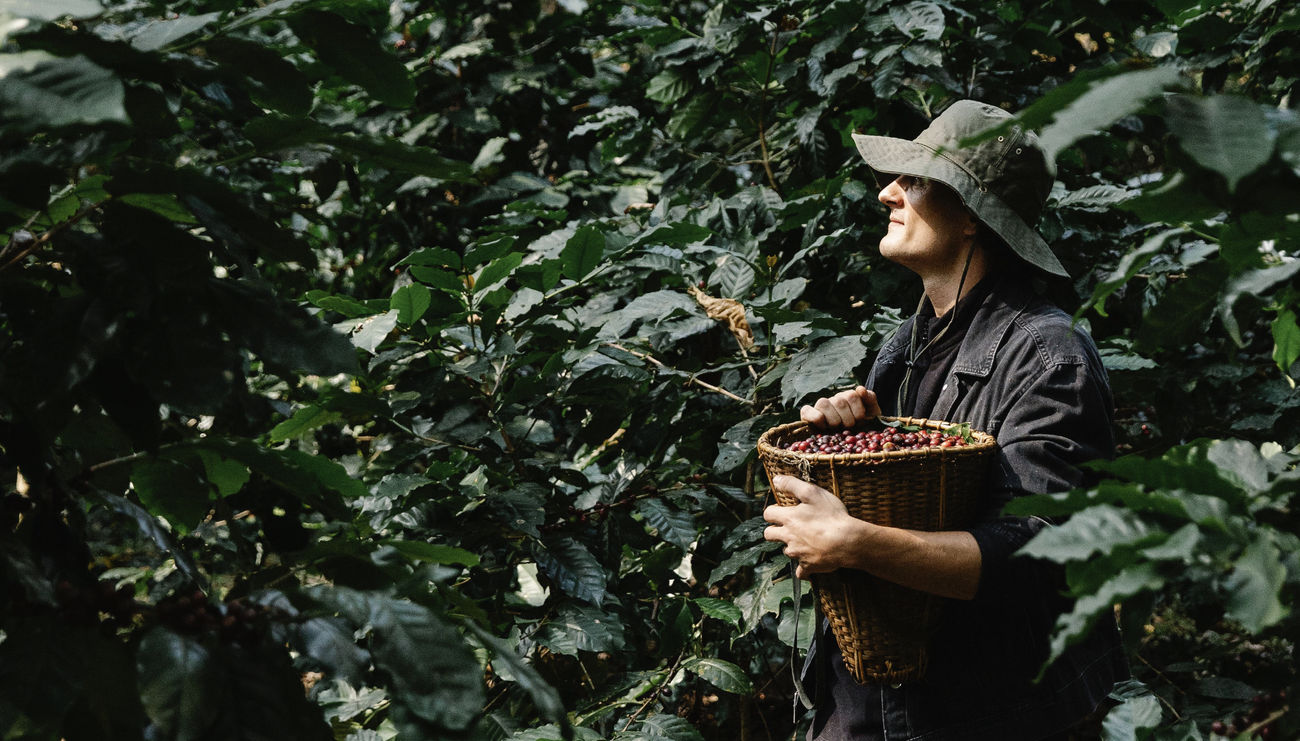If there is one adage that holds true for coffee it is that the only constant in life is change. While your morning cup of joe may be non-negotiable, the reality is that the coffee industry and our connection to it as consumers evolves over time. True to this reality, 2023 ushered in several notable trends that, far from becoming the new normal, are the subject of a great deal of debate in the specialty coffee industry.
Co-Fermented Specialty Coffee

There are two primary ways of processing coffee: washed and natural. The former is the most common in specialty coffee, while the latter is confusingly associated with both lower grade, higher volume commercial coffee, as well as some of the most innovative and exclusive coffees in the world. Washed coffee is dried after removing the exterior fruit also known as the coffee pulp or cherry, resulting in cleaner, crisper coffee. Natural is dried inside of the cherry, resulting in coffees that tend to be fruitier.
Beyond this simple dichotomy of washed versus natural we have a whole new generation of processing methods that go beyond, and blur, the traditional boundaries. You may have heard about anaerobic coffee, yeast inoculation, carbonic maceration and extended fermentation, or perhaps you have not. All of these are innovative ways of fermenting and processing green coffee, mostly taken from the wine industry. They can have a dramatic impact on the resulting flavor profile. Anaerobic fermentation for instance creates natural coffees with powerful, some would say overpowering, fruit notes.
Co-fermented are the newest addition to trendy processing methods. During this process, fruits, spices or other ingredients are added directly to the tank of fermenting coffee, or in some cases to the yeast which will be added to the tank. When done well the resulting coffee can taste a lot like the co-fermented ingredient. Peach co-fermentations taste “peachy” while tropical fruit co-fermentations can taste “tropical”. If you haven't ever tried one of these coffees and this sounds appealing, it is well worth a shot, if for no other reason than the novelty.
The controversy in the specialty coffee industry comes from the fact that co-fermented coffees can taste a lot like the flavored coffees of yesteryear. You can even find “naturally” flavored coffees these days, adding to the confusion and instance by some that co-ferments blur the line too much. The difference is that flavored coffee is created after roasting green coffee and has nothing to do with the fermentation process – in that sense it is different, and less natural, than co-fermented coffee.
We will see where the trend ends up, but for the time being you are likely to see more co-fermented coffees on the market.
Robusta Resurgence

Arabica is the undisputed king of specialty coffee, but there is a growing community of coffee producers and roasters that are giving robusta a second look. This trend has been gaining steam in the past few years as a new generation of professionals questions the time-honored belief that robusta can't compete with arabica when it comes to quality.
Why are we seeing a resurgence of interest in robusta? There are a variety of factors. First, it is well known that robusta is more productive and disease resistant than arabica, making it a compelling choice for producers in the face of climate change. Arabica, which comes from one center of origin in Ethiopia, has a worryingly small genetic pool, making it susceptible to disease.
Robusta comes from five centers of origin, giving it a much larger genetic pool. For years research has focused on arabica, while robusta has gone largely unexplored. Researchers are beginning to explore the untapped potential of robusta breeds both for their disease resistance and productivity as well as their quality potential.
A second reason we are seeing a growth in popularity of robusta is related to a reframing of the long-held assumption that robusta coffee is low quality coffee. Take Nguyen Coffee Supply, a rapidly growing Vietnamese -American owned coffee roaster in New York for instance.
Founder Sahra Nguyen felt that coffee from her family’s homeland was under-appreciated by the specialty coffee industry in the United States and struck out to change the discourse. Highlighting high quality robusta coffees from Vietnam, Nguyen has been able to break a few barriers, including getting a barista to the finals of the United States barista Championship in 2023 using an anaerobic processed robusta from Vietnam. Robusta had never been featured at this level.
The third reason for the growth in popularity of robusta comes down to a better understanding and application of post-harvest processing methods. For decades robusta has been processed in the most rustic manner, destined as it was for a low-priced commercial market. You reap what you sow, as they say, and this coffee was understandably not the highest quality. By focusing on post-harvest best practices, producers have improved quality dramatically. Add to this some of the more innovative processing methods, such as yeast inoculated and anaerobic naturals, and the cup character of robusta can be transformed.
Regenerative Agriculture

There are many approaches to environmental sustainability in coffee. Organic and Rainforest Alliance are the two most common, while many other companies create their own programs.
For Bruvi this is called STEP Impact®, which is a third party verified sustainability program that addresses both social and environmental criteria. Regenerative agriculture can now be added to this list of approaches to environmental sustainability.
What is regenerative agriculture? In its essence, it is an approach to agriculture that builds healthier ecosystems, rather than detracting from or destroying them. Organic, Rainforest or STEP can all be “regenerative” in nature. The reality is that many of the farms that Bruvi and others buy from have always employed regenerative principles, such as soil biodiversity, cover crops and shade.
But the newfound momentum behind regenerative as well as an official certification, known as Regenerative Organic Certified, has allowed producers and coffee companies the opportunity to re-engage in discussion with consumers on this important facet of sustainability.
Look for developments on all three of these trends in 2024. Who knows, you might just find a co-fermented regenerative organic robusta in your cup one of these days!





